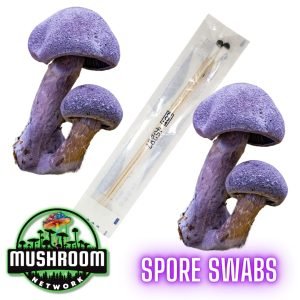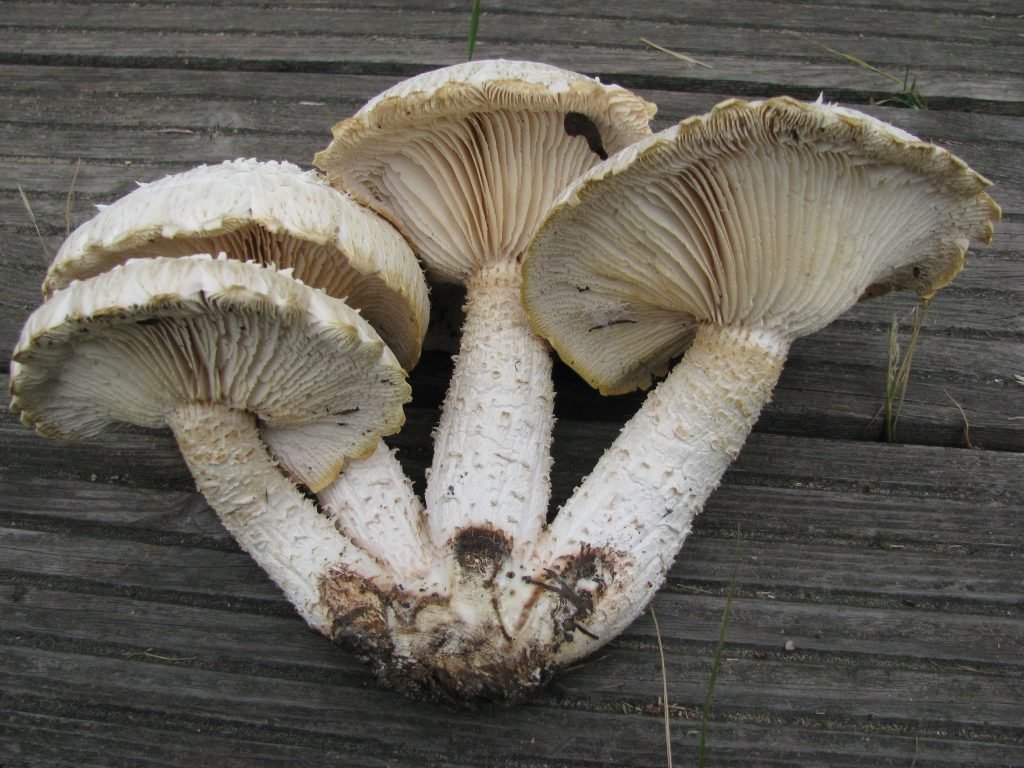In the vibrant world of mushrooms, Nameko stands out with its peculiar, slimy texture. While many may initially shy away due to its unique consistency, understanding the science behind this trait can offer an intriguing perspective on this culinary gem.
Beyond its culinary appeal in dishes like Miso soup, Nameko’s signature sliminess holds intricate biological and chemical secrets. This article seeks to uncover the scientific factors contributing to Nameko’s unique texture, providing readers with a newfound appreciation for this mushroom’s slimy surface.

Biological Origins:
- The Protective Layer: The sliminess of Nameko primarily serves as a protective mechanism. This viscous coat guards the mushroom against desiccation, ensuring its survival in various conditions.
- Mushroom Anatomy: On a cellular level, the Nameko’s cap contains unique gland cells secreting the mucilaginous substance. This secretion solidifies upon exposure to air, creating the slimy surface.
- Evolutionary Perspective: From an evolutionary standpoint, this texture might have conferred certain advantages, including shielding the mushroom from pests, preventing water loss, and facilitating spore dispersal, given its sticky nature.

Chemical Composition:
- Polysaccharides: The primary component of Nameko’s slime is polysaccharides. These complex carbohydrates, specifically a type called beta-glucans, give the mushroom its viscous texture.
- Health Benefits: Interestingly, these polysaccharides are not just responsible for the mushroom’s unique texture but also offer potential health benefits. Beta-glucans are known for their immune-modulating properties, making Nameko not just a culinary delight but a nutritious one.
- Texture in Cooking: When introduced to soups or broths, these polysaccharides act as natural thickeners. This quality is a primary reason why Nameko mushrooms are favored in many Asian soups and broths, adding both flavor and a desirable consistency.
The universe of mushrooms is expansive, each variant bearing its own unique charm and characteristics. The Marketplace on the 🍄 Mushroom Network is a testament to this diversity. It is a haven for those seeking a deeper understanding of the magical world of mushrooms. If you’re keen on learning more about this type of mushroom and other mushroom variants, this Marketplace is your ultimate resource.
Cultural and Gastronomic Appreciation:
- Texture in Cultural Context: In many Asian cultures, especially Japan, the sliminess is not just tolerated but highly appreciated. The texture adds depth to dishes and is a testament to the mushroom’s freshness.
- Culinary Techniques: Chefs have mastered techniques to either accentuate or reduce the sliminess based on the dish’s requirements. For instance, a quick blanch can reduce its viscosity, while slow simmering can enhance it.
- Growing Appreciation: As global palates expand and gastronomic boundaries blur, the Nameko mushroom’s sliminess is becoming a unique trait celebrated by chefs and food enthusiasts worldwide.
Not sure where to start? The 🍄 Mushroom Academy offers a wide range of courses tailored to your needs. Whether you’re a beginner eager to learn or an experienced mycologist looking to broaden your knowledge, the 🍄 Academy has something for everyone.

The Slippery Summary:
Our journey into the world of Nameko reveals the intricate dance of biology, chemistry, and culinary arts. The mushroom’s slimy surface, once understood and appreciated, transcends its initial peculiarity to highlight nature’s magnificent complexity.
Don’t forget to check out the 🍄 Mushroom Network’s Marketplace to see what’s available. But hurry, our shelves are constantly evolving, and you wouldn’t want to miss out on this wonderful mushroom. Join our growing network of Patrons, Genetics, and Mycologist Vendors only on the 🍄 Mushroom Network!
Recommended Reads:
The Golden Princess: Breeding and Cultivating Agaricus Subrufescens
Welcome to the captivating world of mushroom cultivation, where nature’s treasures unravel in enchanting forms....
Read More...Mushrooms on the ISS: Sustenance and Science
Space, often seen as humanity’s final frontier, has been the setting for numerous groundbreaking experiments....
Read More...Time Traveling Mycologist: Fungi in Prehistoric vs. Futuristic Eras
Journeying through time, fungi have played silent yet powerful roles in Earth’s narrative. Picture colossal...
Read More...Divine Fungi: Mushrooms in Early Christian Rituals of Ancient Rome
About This Article: 🍄 Unearth the veiled links between mushrooms and early Christian rituals in...
Read More...Whoa there, Spore Sport! 🍄 Looks like you’re not logged in yet. Don’t you know what you’re missing? MYCO-CREDITS! Imagine all the fungal fun you could have. It’s like finding a Morel in May and not picking it. Tragic, right? Log In or Become a Myco-Patron and start racking up those credits. It’s more rewarding than finding a mushroom in your backyard! 🌟🏡













